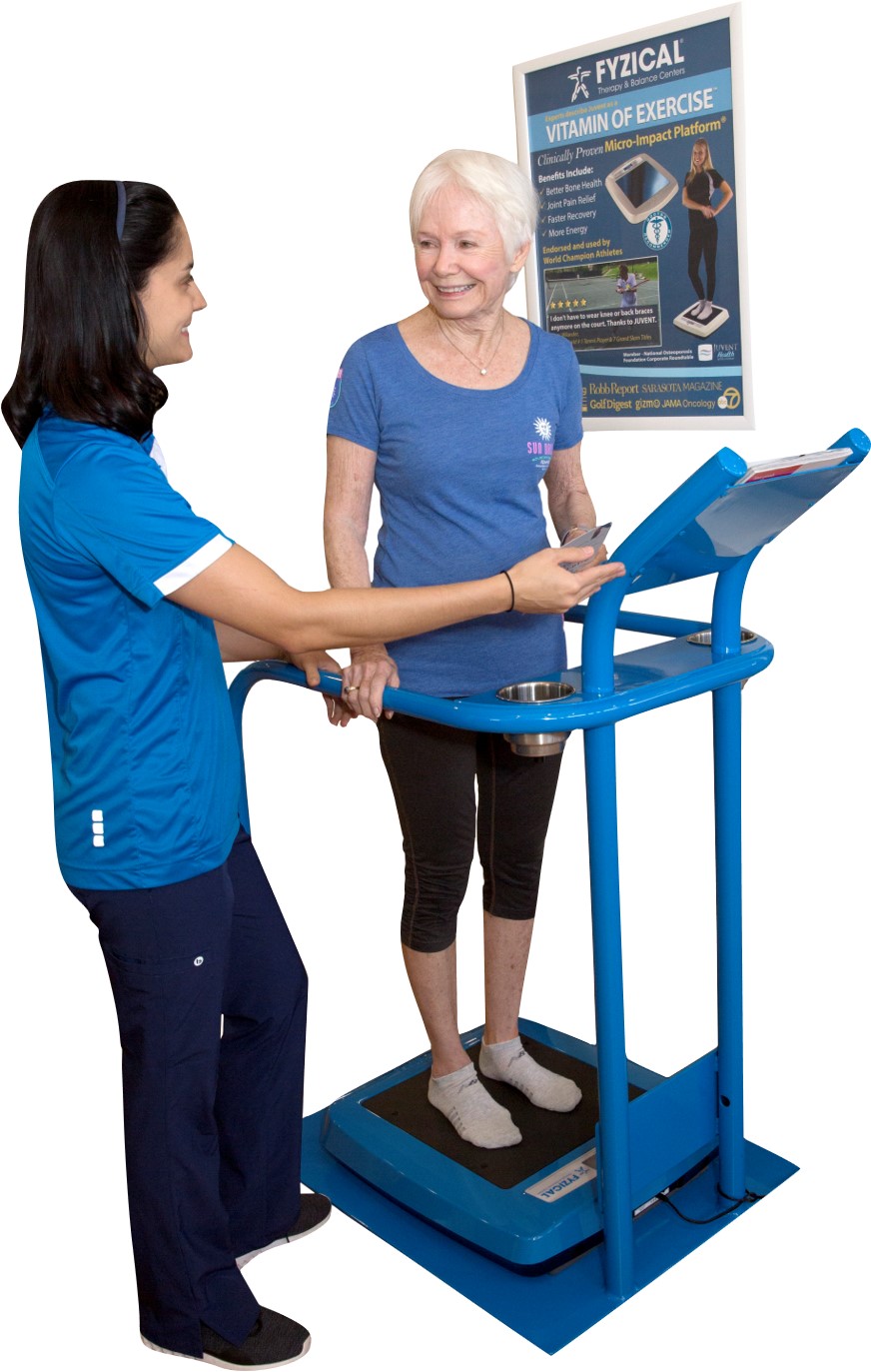Back pain can be one of the most debilitating conditions, affecting up to 80% of the population at some time in their life. Unfortunately, some studies suggest that up to 90% of low back pain (LBP) diagnoses are non-specific. This means that not only do people suffer from back pain, but the exact cause may be difficult to identify. For some people, when left untreated, lower back pain can even lead to long-term pain, dysfunction and even nerve damage. The pain itself can hinder your ability to reach, lean, kneel, lift or bend. It can also hinder your time spent with friends and family. The good news is that with guidance from your physical therapist you can find solutions to your pain and how to manage it, so you can get back to living the life you enjoy!
What We Know About the Causes of Back Pain
Mechanical low back pain starts in and around the spine itself. The source of the pain comes from injury or irritation of the muscles, joints (including the intervertebral discs and facet joints), nerves or surrounding ligaments and other soft tissue. The contributing factors often associated with back pain are:
- Improper posture or prolonged positions (i.e. prolonged sitting)
- Spinal muscle and tissue damage (i.e. lifting strains or trauma from accidents)
- Limited hip, spine and pelvis mobility
- Limited muscle flexibility
- Spinal/pelvic muscle weaknesses (aka “core” weakness)
- Poor abdominal, pelvic and back muscle coordination (i.e. compensations due to injury)
Unfortunately, a lot of people don’t seek treatment when back pain arises
They might assume nothing—except for medication and rest—can solve their back pain problem. There is little to no evidence of the benefits of acetaminophen, skeletal muscle relaxants, and lidocaine patches in the treatment of chronic low back pain.
Physical Therapy Is an Effective Back Pain Solution!
You’re in luck: For most people, back pain resolves on its own. And for those that continue to experience pain, physical therapy can help. According to research on back pain, physical therapy treatments are effective for acute and chronic conditions.
Physical therapy treatments for back pain include manual therapy, joint mobilization manipulation, exercise instruction, education and techniques like the McKenzie Method and Therapeutic Yoga. These have all been proven to help alleviate pain and restore function. Physical therapists assess your particular condition to identify the contributing factors and address ALL of them. Rather than focusing on one cause of your pain, your physical therapist will address all of the causes.
We are skilled at hands-on intervention and exercise selection for the most comprehensive and appropriate intervention to help you resolve your pain and/or restore your function.
A little prevention goes a long way. If you want to avoid future back pain, you can make sure you’re being good to your back.
Limit Sitting For Too Long
Prolonged sitting is not good for your back, or your overall health. Although adjusting your posture while sitting can be helpful, a more effective option is to stand up periodically throughout the day. Limit your sitting to 30-45 minutes at a time. The results will be noticeable!
Use Good Posture
Our spine is designed to move which means our posture should also move. The spine does not like to remain in any one position for extended times. Most people slouch and then hold that position for extended periods of time. By finding a “good” posture you can counteract the slouch. When you’re standing, imagine your breast bone is lifted towards the sky. This will naturally cause your spine to straighten out — lifting you up — keeping your hips, spine, shoulders and neck aligned.
Use Strength Training
Your body has hundreds of muscles. These muscles protect and control your spine. By lifting weights, running and swimming, you can keep them strong. Train the muscles of your hips, pelvis and spine — your core muscles.


